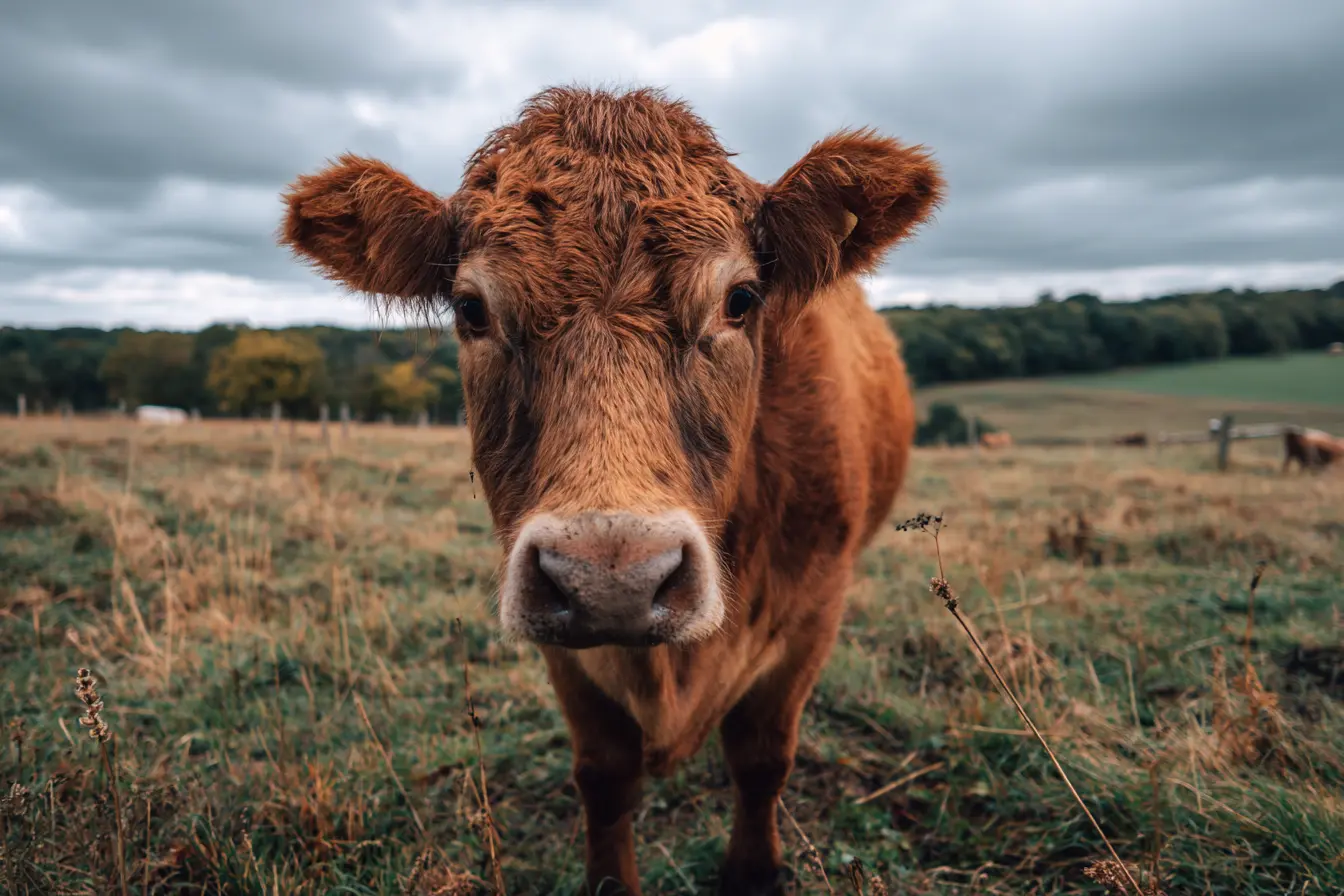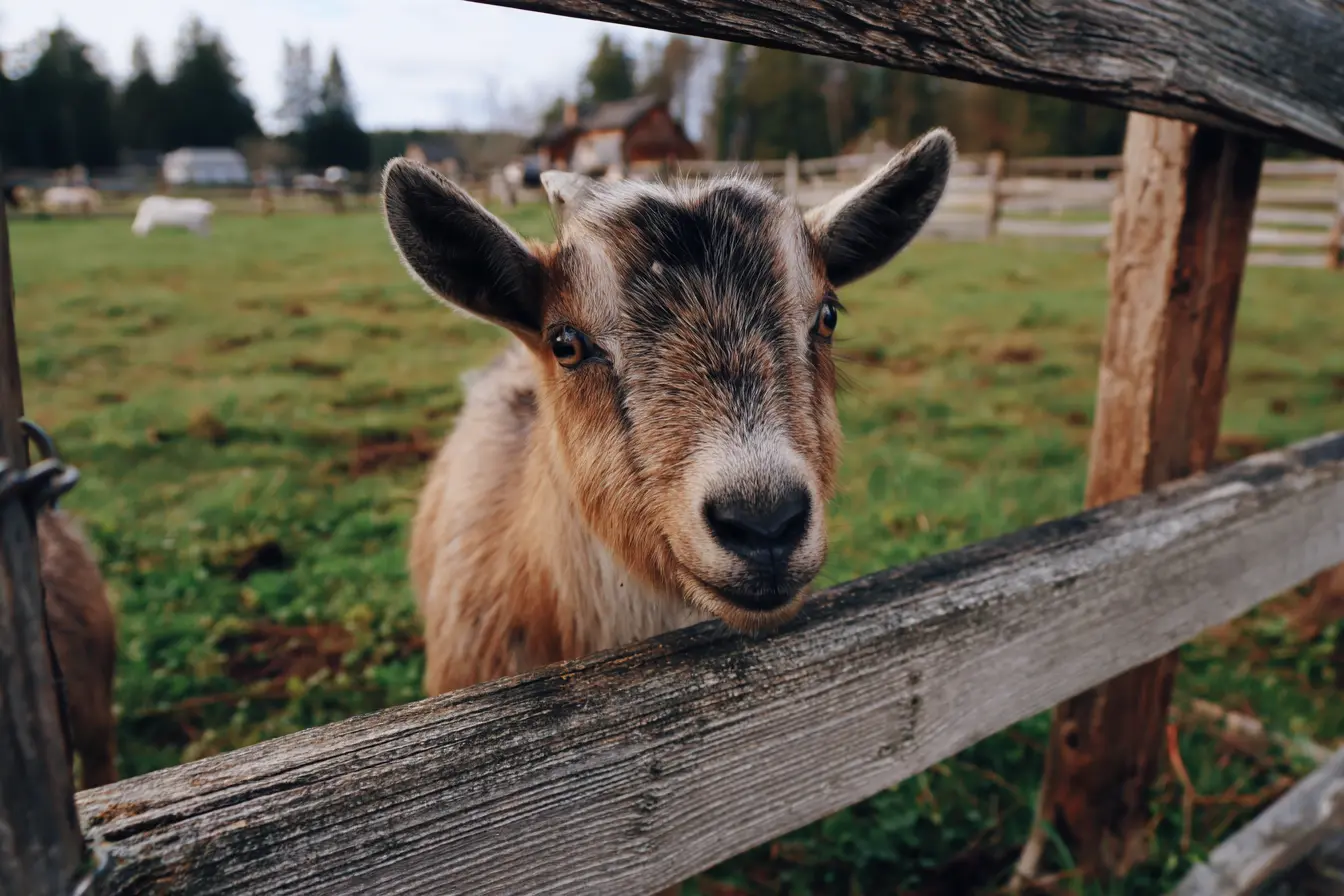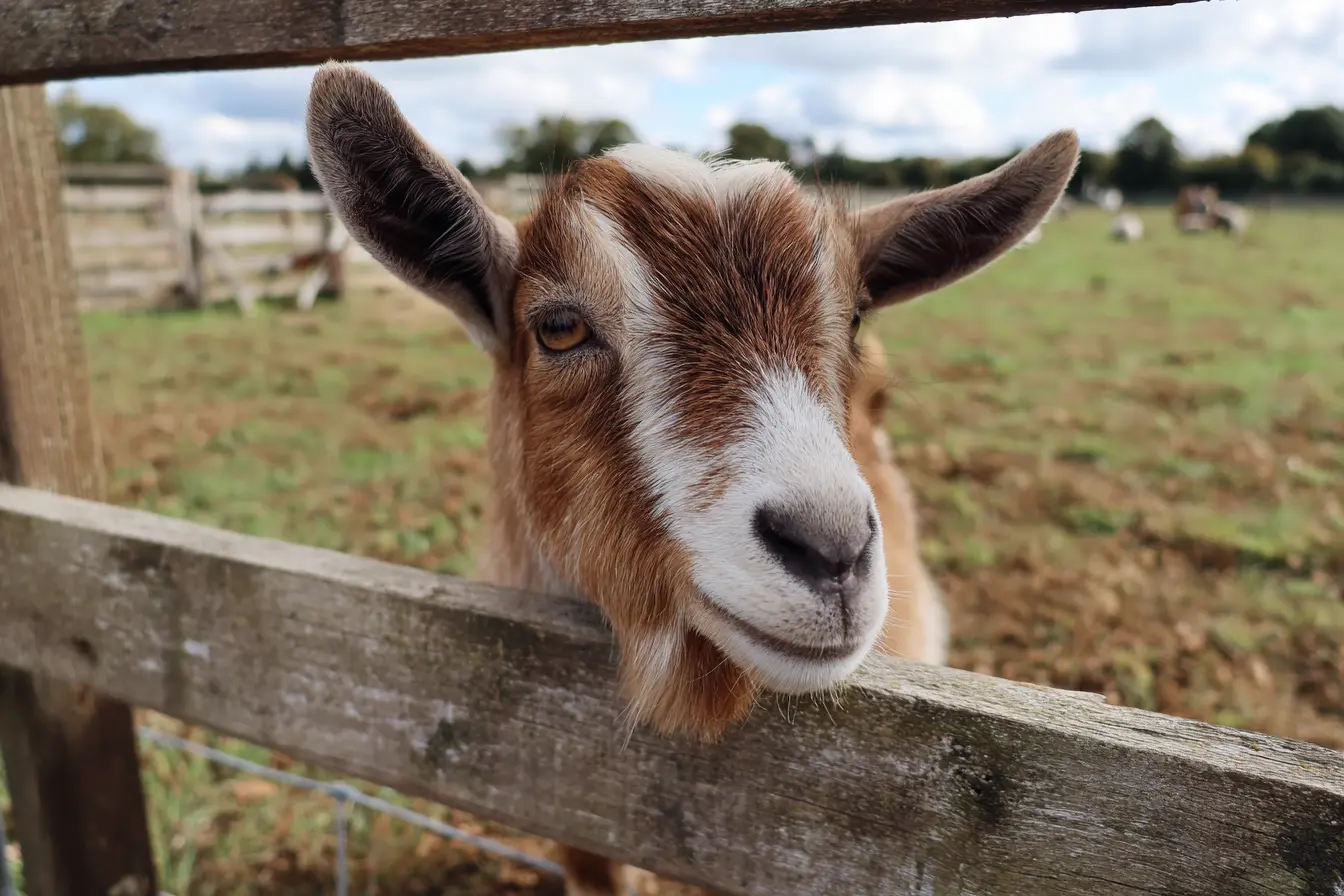
A Complete Guide to Malignant Oedema in Cattle
Malignant oedema is a severe, acute and often fatal clostridial disease affecting cattle. It is caused by Clostridium septicum (and sometimes by other clostridia such as Clostridium chauvoei, C. sordellii, or C. novyi). Although relatively uncommon compared to blackleg, malignant oedema poses a serious threat because of its rapid onset, high mortality, and significant welfare and economic impact.
For cattle farmers in the UK, understanding malignant oedema is vital to prevent losses and ensure herd health. This guide explains the causes, symptoms, diagnosis, treatment, and prevention of malignant oedema in cattle.
What is Malignant Oedema?
Malignant oedema occurs when clostridial bacteria enter the body through wounds. The disease is characterised by:
- Rapidly spreading infection in muscle and subcutaneous tissue.
- Severe swelling filled with fluid and gas.
- Septicaemia and rapid death.
Clostridial spores are widespread in soil, manure, and the digestive tract of animals. They remain dormant until they find suitable conditions, such as damaged tissue with low oxygen, where they multiply and produce powerful toxins.
Causes and Risk Factors
Cattle are at higher risk of malignant oedema in the following situations:
- Wounds: cuts, punctures, or lacerations contaminated with soil or manure.
- Surgical procedures: castration, dehorning, calving injuries, and injections with contaminated needles.
- Trauma: bruising or crushing injuries sustained during handling or transport.
- Dirty environments: damp, muddy, or unhygienic housing.
- Unvaccinated animals: lack of protection against clostridial diseases increases vulnerability.
Unlike blackleg, malignant oedema does not usually arise from dormant spores in the muscle; it is more commonly associated with contaminated wounds.
Symptoms of Malignant Oedema
Malignant oedema develops rapidly, usually within a few hours to days after infection.
Typical signs include:
- Swelling at the site of injury, which is hot, painful, and rapidly enlarging.
- Crepitus (crackling sound) under the skin caused by gas in tissues.
- Fever, depression, and loss of appetite.
- Lameness if limbs are affected.
- Foul-smelling discharge from wounds.
- Weakness and collapse.
- Death within 24–48 hours of symptom onset in most cases.
Post-mortem findings often reveal:
- Oedematous (waterlogged) and darkened muscle.
- Large amounts of foul-smelling fluid and gas in the tissues.
- Rapid decomposition of the carcass.
Diagnosis
Diagnosis is generally based on history, clinical signs, and post-mortem findings.
- History: recent wounds, injections, or husbandry procedures.
- Clinical signs: painful swelling, fever, rapid deterioration.
- Post-mortem: oedematous tissue with gas and foul odour.
- Laboratory testing: bacterial culture or PCR can confirm the presence of Clostridium septicum or other clostridia.
Treatment
Treatment of malignant oedema is challenging due to the rapid progression of the disease. Survival rates are low, but in very early cases, veterinary intervention may include:
- High doses of broad-spectrum antibiotics, usually penicillin.
- Surgical cleaning and debridement of wounds to remove necrotic tissue.
- Antitoxins (where available) to neutralise toxins.
- Supportive therapy such as fluids, pain relief, and anti-inflammatories.
Even with aggressive treatment, the prognosis is poor once the disease is established.
Prevention
Vaccination
- The most effective method of prevention.
- Multivalent clostridial vaccines (such as 5-in-1 or 8-in-1) protect cattle against malignant oedema and other clostridial diseases.
- Vaccination schedule in the UK:
- Calves: primary course from 2–3 months of age, with a second dose 4–6 weeks later.
- Annual boosters for all cattle.
- Breeding cows: booster before calving to ensure protection for both cow and calf.
Good Husbandry and Wound Management
- Maintain strict hygiene during procedures such as castration, dehorning, or injections.
- Use clean, sterile needles and disinfect instruments between animals.
- Treat wounds promptly with antiseptics and keep housing clean and dry.
- Avoid overcrowding to reduce the risk of injury.
- Rotate pastures and reduce exposure to contaminated environments.
Economic and Welfare Impact
- Welfare: Malignant oedema causes severe pain, swelling, and rapid decline, making it a major welfare issue.
- Economic losses: Sudden death of valuable stock, reduced productivity, treatment costs, and disposal of carcasses.
- Prevention vs loss: Vaccination and good management are inexpensive compared to the high cost of even a single outbreak.
When to Seek Veterinary Help
Contact a vet immediately if:
- Cattle develop swelling around wounds that spreads rapidly.
- Animals show fever, depression, and weakness after routine procedures.
- Sudden deaths occur following calving, castration, or dehorning.
- You need advice on clostridial vaccination programmes.
Conclusion
Malignant oedema in cattle is a fast-acting, often fatal clostridial disease triggered by wound contamination. Its rapid onset and poor prognosis make it one of the most dangerous clostridial conditions, but it is also one of the most preventable.
Vaccination, combined with good hygiene, careful handling, and prompt wound care, provides the best protection for herds. For UK cattle farmers, a robust clostridial vaccination programme is an essential part of herd health management, safeguarding both animal welfare and farm profitability.
Vets near you
Speciality vets
- Aquatics vet specialists
- Birds vet specialists
- Camelids vet specialists
- Cats vet specialists
- Cattle vet specialists
- Deer vet specialists
- Dogs vet specialists
- Equines vet specialists
- Exotic vet specialists
- Goats vet specialists
- Pigs vet specialists
- Poultry vet specialists
- Sheep vet specialists
- Small Mammals vet specialists
- Wild vet specialists



